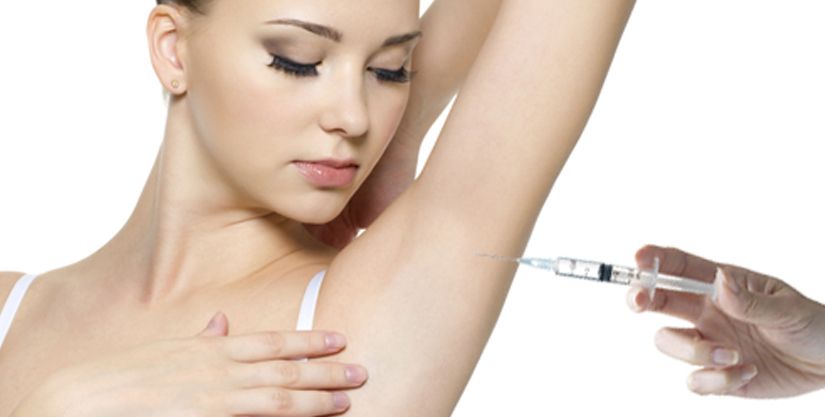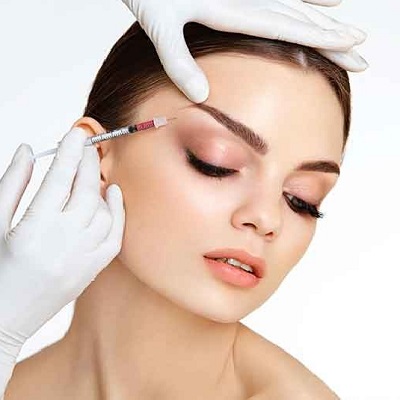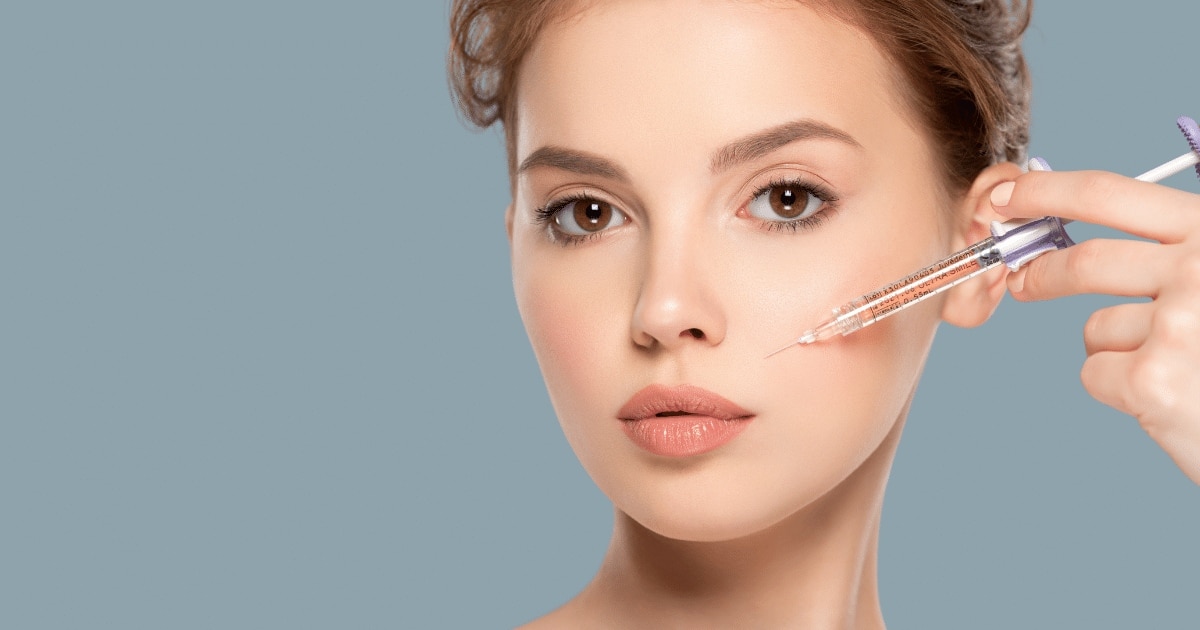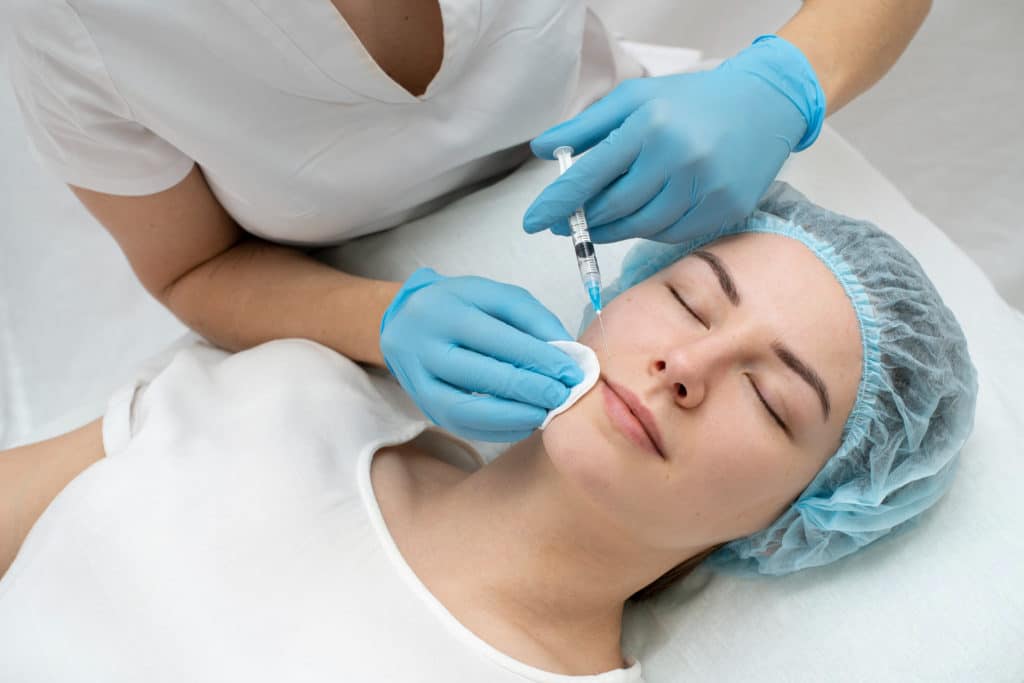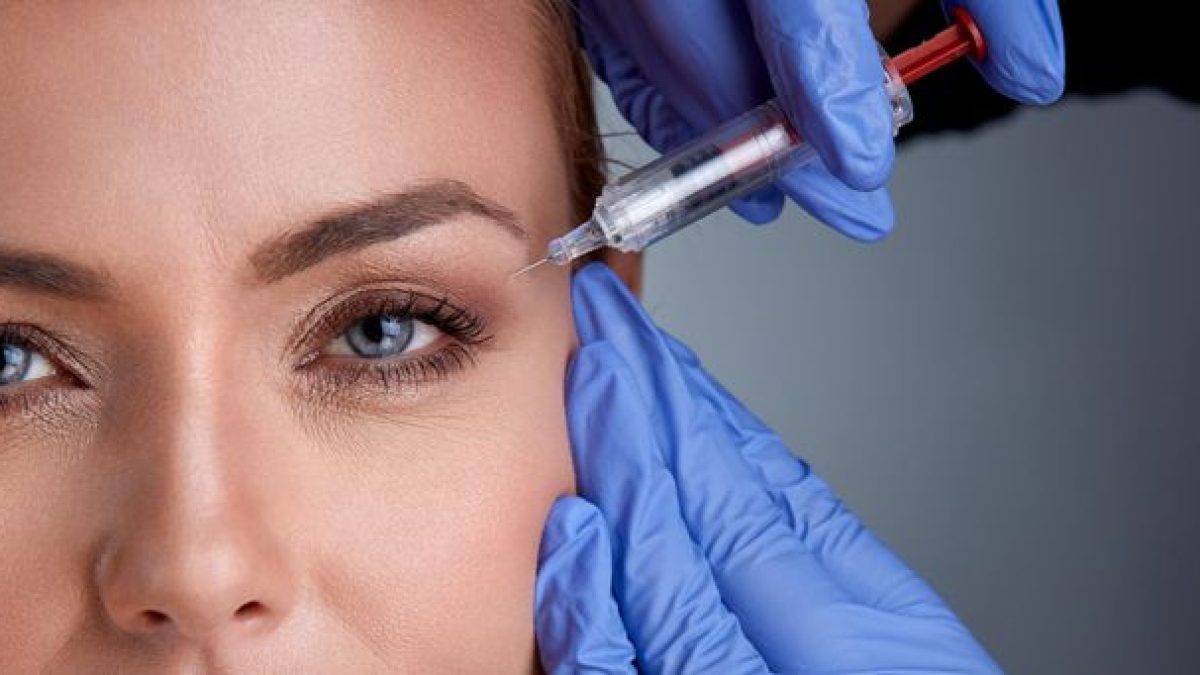Cosmetic Treatments in the Modern Age: Botox and the Rise of Subtle Enhancements

In recent years, cosmetic procedures have undergone a dramatic shift in public perception and popularity. What was once considered taboo or reserved for the elite has now become widely accepted and accessible to everyday individuals. The motivations behind cosmetic enhancements have evolved as well. Today’s beauty ideals lean toward subtlety and natural results, as opposed to the dramatic transformations of the past. Among the most sought-after treatments leading this modern movement are botox injections, which have grown in popularity due to their ability to create subtle yet noticeable changes.
✍️ If you’ve been searching for affordable anti-aging solutions, explore our complete breakdown of Botox costs, including average pricing per area, factors influencing costs, and why many consider it a valuable long-term investment in appearance.
A Shift in Aesthetic Standards
The beauty industry is no stranger to change. Over the past few decades, there has been a clear transition from bold, dramatic transformations to more refined, understated enhancements. This shift can be largely attributed to changing beauty standards, the influence of social media, and a growing appreciation for authenticity. Where once the focus was on erasing every wrinkle or dramatically altering facial features, today’s patients often aim for procedures that preserve their natural look while offering small improvements.
Millennials and Gen Z, in particular, are playing a significant role in this change. These generations prioritize self-care, wellness, and natural beauty over artificial perfection. As a result, cosmetic treatments are no longer associated solely with age reversal, but also with prevention and maintenance. This has given rise to preventative procedures that maintain youthful appearances without making patients look “done.”
The Rise of "Tweakments"
One of the most defining trends in modern cosmetic medicine is the rise of "tweakments"—minor procedures that offer subtle improvements rather than extreme makeovers. This term has become popular among both patients and practitioners, representing the desire for results that enhance rather than transform. These treatments typically involve minimal downtime and are often non-invasive or minimally invasive.
Botox, dermal fillers, laser resurfacing, and microneedling are all examples of tweakments that fit within this category. Patients prefer these procedures not only for their convenience but also for the way they align with their aesthetic goals. Instead of chasing unrealistic ideals, people are now embracing their unique features and using cosmetic treatments to refine them gently.
Why Botox Remains the Cornerstone
Despite the influx of new technologies and procedures, Botox remains a cornerstone of cosmetic enhancements. Its popularity stems from its versatility, safety profile, and predictable outcomes. It’s used to relax dynamic wrinkles, such as frown lines, crow’s feet, and forehead creases, and can also be applied in advanced ways to achieve facial balancing and contouring.
What makes Botox particularly relevant in today’s age is how seamlessly it fits into the subtle enhancement trend. When administered by experienced professionals, Botox can soften lines without freezing facial expressions or creating an unnatural appearance. The goal is not to erase age entirely, but to create a refreshed, rested, and confident version of oneself.
Another contributing factor to its staying power is its wide acceptance across age groups. Younger adults are increasingly opting for Botox as a preventive measure, while older generations continue to use it to reduce the appearance of wrinkles and maintain a youthful glow. Its accessibility and relatively affordable pricing also contribute to its mass appeal.
The Psychology Behind Subtle Enhancements
There’s a deep psychological component driving the demand for subtle cosmetic treatments. People want to feel better about how they look without drastically changing their identity. They seek confidence, not conformity. Subtle treatments provide a way to enhance one’s self-image while still looking like themselves—a better-rested, slightly refined version.
Social and professional pressures also influence cosmetic decisions. In a world dominated by virtual interactions, selfies, and video calls, people are more aware than ever of how they present themselves. Subtle enhancements offer a way to feel more comfortable on camera or in public without drawing attention to the fact that any work has been done.
Moreover, subtlety reduces the stigma often associated with cosmetic procedures. When changes are not easily noticeable, individuals are more likely to feel proud of their decisions, rather than hiding them. This newfound transparency has further normalized cosmetic treatments and encouraged open conversations about aesthetic choices.
The Role of Social Media and Influencers
Social media has played a double-edged role in shaping modern cosmetic preferences. On one hand, it promotes unrealistic beauty standards through filtered images and digitally altered photos. On the other hand, it has also contributed to the normalization of cosmetic treatments through influencer transparency and education.
Many influencers and public figures now openly discuss their experiences with aesthetic procedures, making them feel more approachable and less stigmatized. They often emphasize subtle results, showcasing before-and-after transformations that highlight improvement rather than overhaul.
This exposure has not only increased awareness but also educated consumers. People are now more informed than ever before, researching providers, procedures, and recovery times before making decisions. This educated consumer base is a driving force behind the demand for safe, subtle, and effective treatments.
The Future of Cosmetic Treatments
Looking ahead, the demand for non-invasive and subtle cosmetic treatments is expected to grow. Innovations in technology, materials, and technique will continue to improve safety and results, allowing even more refined changes with less risk and downtime. Customization will be key—patients will increasingly expect treatments tailored specifically to their facial structure, skin type, and aesthetic goals.
Ethical practices and patient education will also take center stage. As treatments become more accessible, the need for qualified, experienced practitioners becomes even more critical. Clinics will be expected to provide transparent guidance, realistic expectations, and a patient-centered approach.
Furthermore, the line between wellness and aesthetics will continue to blur. Treatments like Botox will not only be seen as beauty enhancements but as part of a broader self-care routine. As this holistic approach gains traction, we may see even greater societal acceptance and integration of cosmetic treatments into everyday wellness practices.
In conclusion, cosmetic treatments in the modern age are defined not by dramatic change, but by precision, subtlety, and personalization. Botox and similar enhancements are no longer about hiding age, but about enhancing confidence and embracing one's features. As cultural acceptance grows and medical aesthetics evolve, the rise of subtle cosmetic procedures marks a new era—one that respects both individuality and the desire for self-improvement.
Note: IndiBlogHub features both user-submitted and editorial content. We do not verify third-party contributions. Read our Disclaimer and Privacy Policyfor details.



